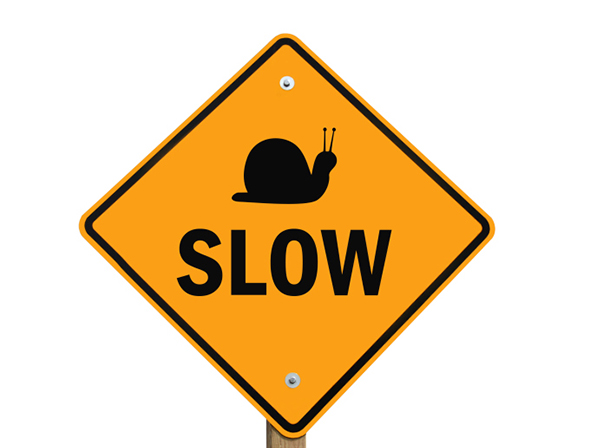You Have to Be Easy
Making it as easy as possible to do business with your company seems like a logical and simple concept, yet many businesses unwittingly create hurdle after hurdle for their customers to jump just for the privilege of doing business with them.
Customers are already overburdened with complexities, rules, and regulations. Companies that deliver with the least hassle win more business than others.
To be sure, there are some necessary steps and processes for each business transaction, but the task for every business should be to do away with as many of the unnecessary ones as possible.
Let’s take Apple computers and their packaging as just one example. An Apple product comes in a package that combines elegance, simplicity, and art. When you hold the typical Apple product package, you realize before even opening the box that this is a different kind of product. Everything has a place and reason. Much thought has gone into what is usually an afterthought with most companies.
Steve Jobs was known as an obsessive person. A big reason for his success was his obsession with removing complexity and simplifying. He knew that the company which removed the most confusion actually ended up gaining the most customers. Jobs wanted his products to be so simple and intuitive that they didn’t need an owner’s manual.
If you want to grow your business and for your clients to actually enjoy the buying process, you must obsessively work to continually remove as many obstacles as possible, while at the same time simplifying how customers buy from you.
Start by regularly asking yourself: “How can we make ordering from us even easier?”
It’s a process. You’ll know you’ve arrived when your customers actually have pleasant thoughts and smile when ordering instead of the typical angst most experience. Being the easiest to do business with will bring many long-term rewards.










